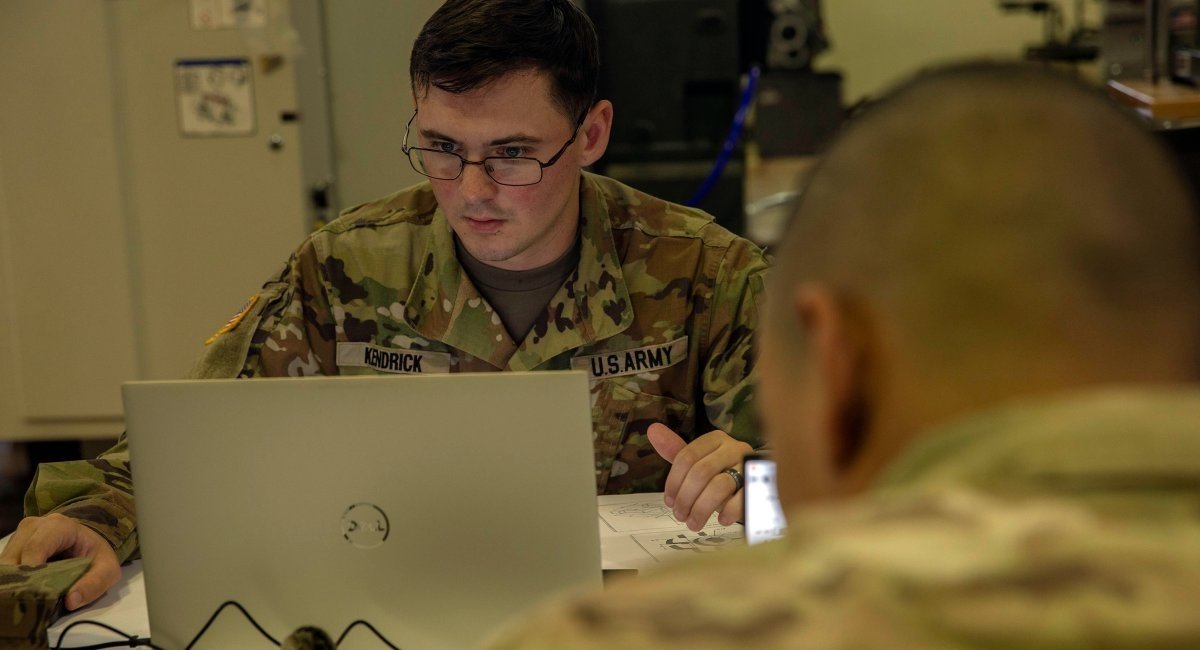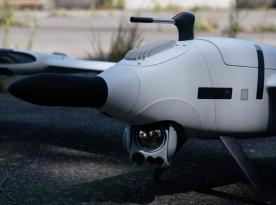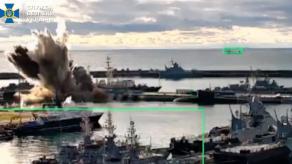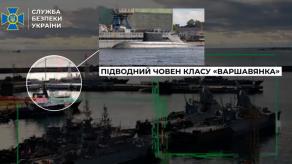Pentagon has been seriously working toward making the weapons more user-friendly, as weapon systems become more and more digitalized. So far, the most pragmatic way to do so is to borrow interfaces and controls from the gaming industry, without any alterations.
Breaking Defense quotes Brig. Gen. Geoffrey Norman, director of the Next Generation Combat Vehicles team at Army Futures Command. He said, the initial tests of robotic systems highlighted an interesting nuance.
Read more: What Simulators Ukrainians Use to Train with Javelin, Stinger, and Even Polish Piorun Combat Application
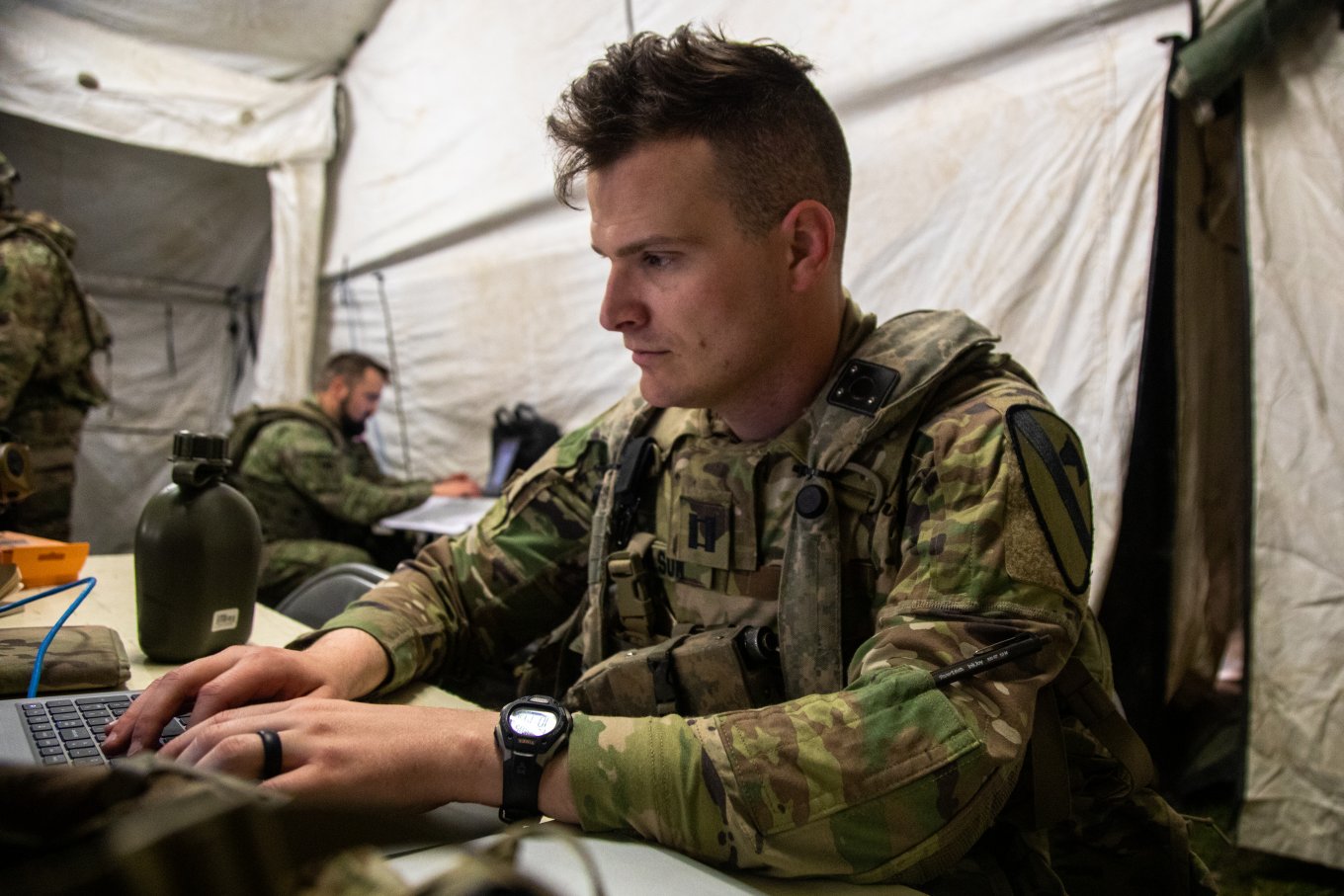
At start, some "really elegant Formula 1-style controllers" were created for one of these robots but when an operator looked at it, instead asked for a laptop, a mouse, and a keyboard. The motivation was simple: after many hours spent in computer games he was sure he could "absolutely control multiple robots and their payloads from a mouse and a keyboard."
The idea to simplify weapons operation was also finds support of Maj. Gen. Curtis Buzzard, chief of Fort Moore training center. He noted that for the U.S. Army, gamer-friendly controls have become the main vector of development. Not just the controllers alone, but software UI, too, and these elements should be standardized for all systems.
"What we don’t want [is] we’ve got five different things we want to employ, so we’ve got to carry five different controllers and five different batteries that require five different types of training," Buzzard said.
That is why creating an interface, as unified as possible for different types of weapons is no less important task. For this reason, the U.S. Army is already preparing a set of software standards known as GCIA for various weapon systems to be used in the American land force. It will have an open modular architecture which leaves room for updates and utilities.
The commanders also consider an approach where the software development will be separated from the work on specific vehicles. They still must be compatible and adhere to the same standards, but in the end the Army obtains two flexible systems at once.
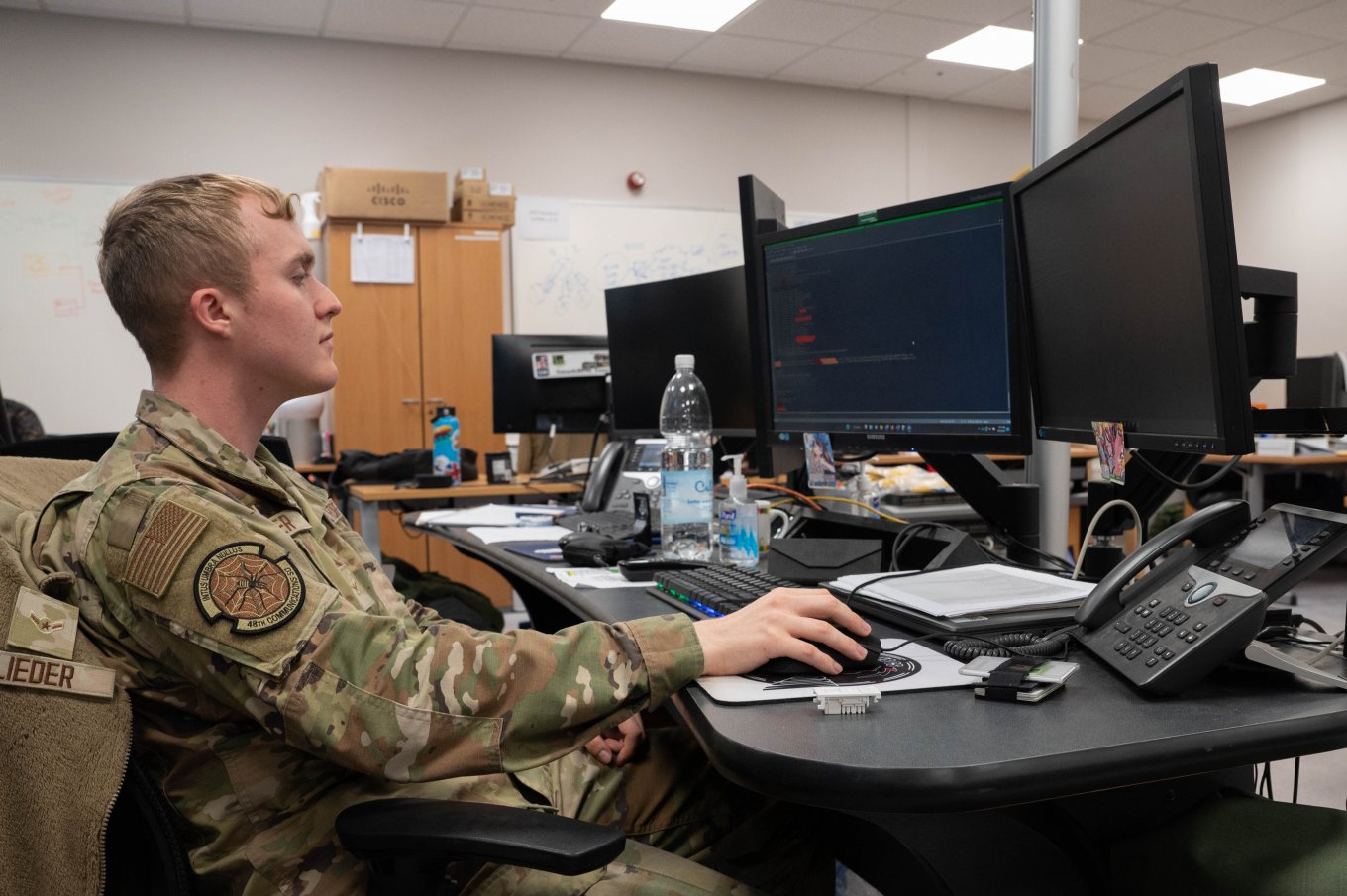
Read more: What the Abrams Looks Like From Inside And Why the Gunner Has Three Sights at Once




